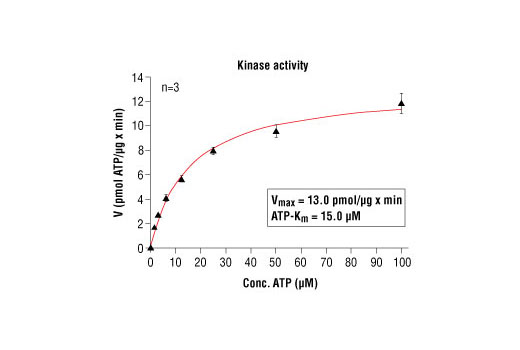
Figure 1. Aurora C kinase activity was measured in a radiometric assay using the following reaction conditions: 60 mM HEPES-NaOH, pH 7.5, 3 mM MgCl2, 3 mM MnCl2, 3 µM Na-orthovanadate, 1.2 mM DTT, ATP (variable), 2.5 µg/50 µl PEG20.000, Substrate: R11-CDC25C-derived Peptide (R11-ISDELMDATFADQEAK), 5 µg/50 µl, recombinant Aurora C: 200 ng/50 µl.
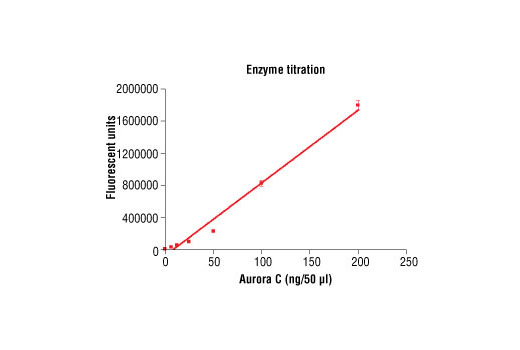
Figure 3. Dose dependence curve of Aurora C kinase activity: DELFIA® data generated using Phospho-PLK (Ser137) Antibody #5070 to detect phosphorylation of substrate peptide (#1300) by Aurora C kinase. In a 50 µl reaction, increasing amounts of Aurora C and 1.5 µM substrate peptide were used per reaction at room temperature for 30 minutes. (DELFIA® is a registered trademark of PerkinElmer, Inc.)
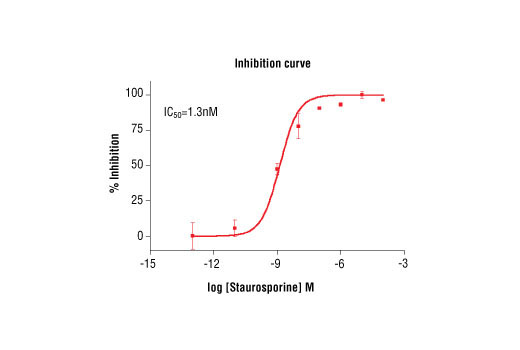
Figure 5. Staurosporine inhibition of Aurora C kinase activity: DELFIA® data generated using Phospho-PLK (Ser137) Antibody #5070 to detect phosphorylation of Aurora C substrate peptide (#1300) by Aurora C kinase. In a 50 µl reaction, 100 ng Aurora C, 1.5 µM substrate peptide, 50 µM ATP and increasing amounts of staurosporine were used per reaction at room temperature for 30 minutes. (DELFIA® is a registered trademark of PerkinElmer, Inc.)
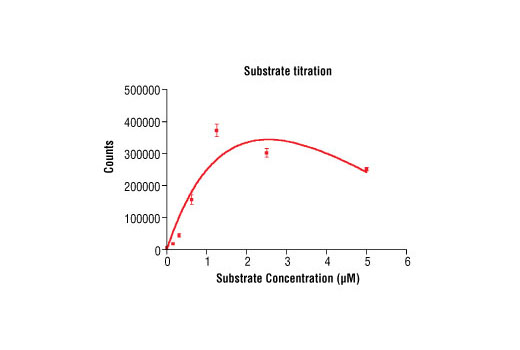
Figure 4. Peptide concentration dependence of Aurora C kinase activity: DELFIA® data generated using Phospho-PLK (Ser137) Antibody #5070 to detect phosphorylation of substrate peptide (#1300) by Aurora C kinase. In a 50 µl reaction, 100 ng of Aurora C and increasing concentrations of substrate peptide were used per reaction at room temperature for 30 minutes. (DELFIA® is a registered trademark of PerkinElmer, Inc.)
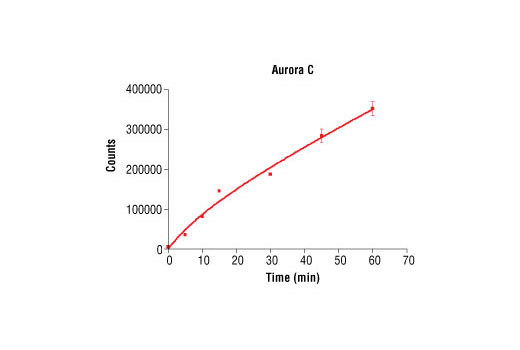
Figure 2. Time course of Aurora C kinase activity: DELFIA® data generated using Phospho-PLK (Ser137) Antibody #5070 to detect phosphorylation of Aurora C substrate peptide (#1300) by Aurora C kinase. In a 50 µl reaction, 100 ng Aurora C and 1.5 µM substrate peptide were used per reaction. (DELFIA® is a registered trademark of PerkinElmer, Inc.)




